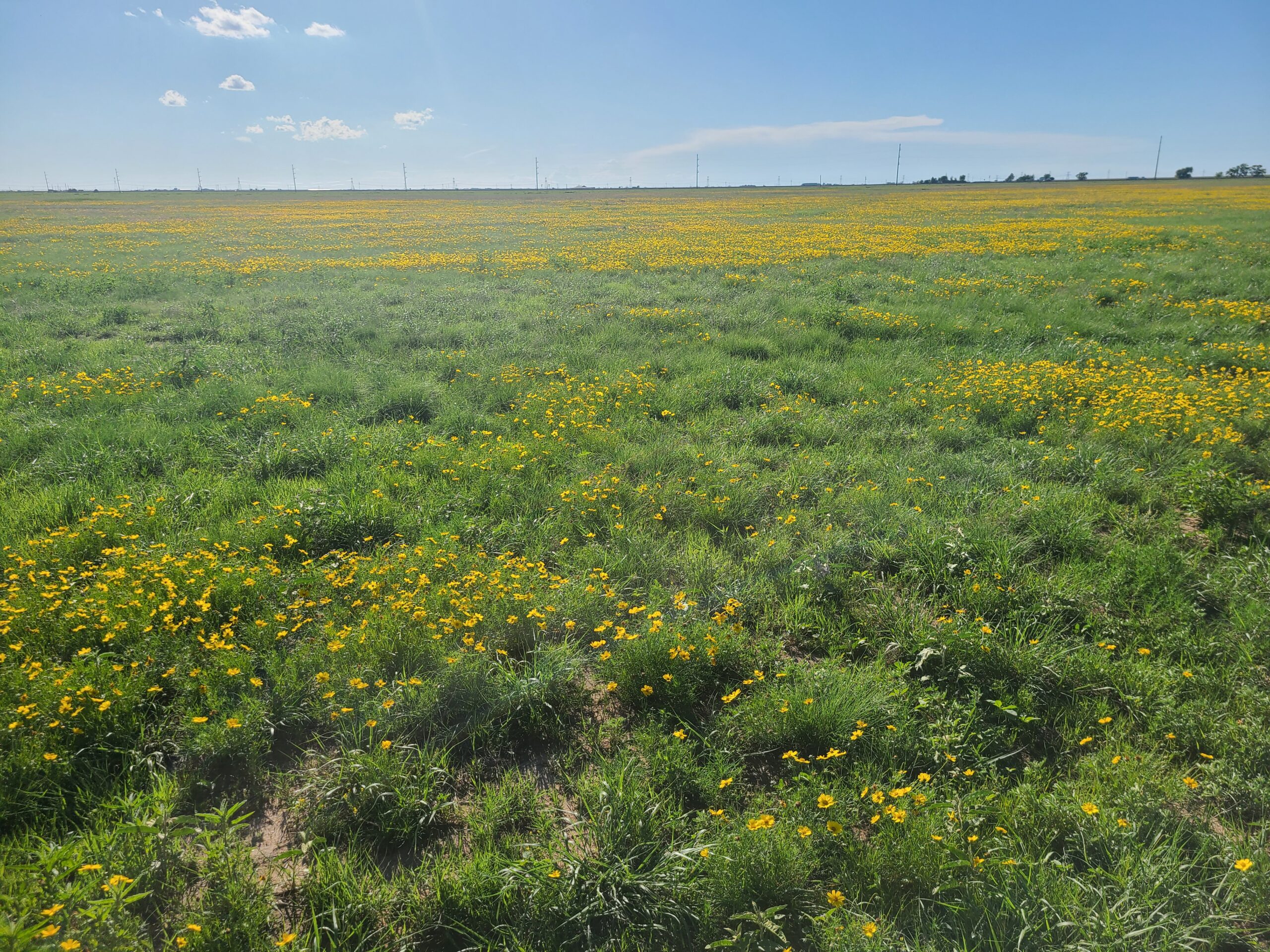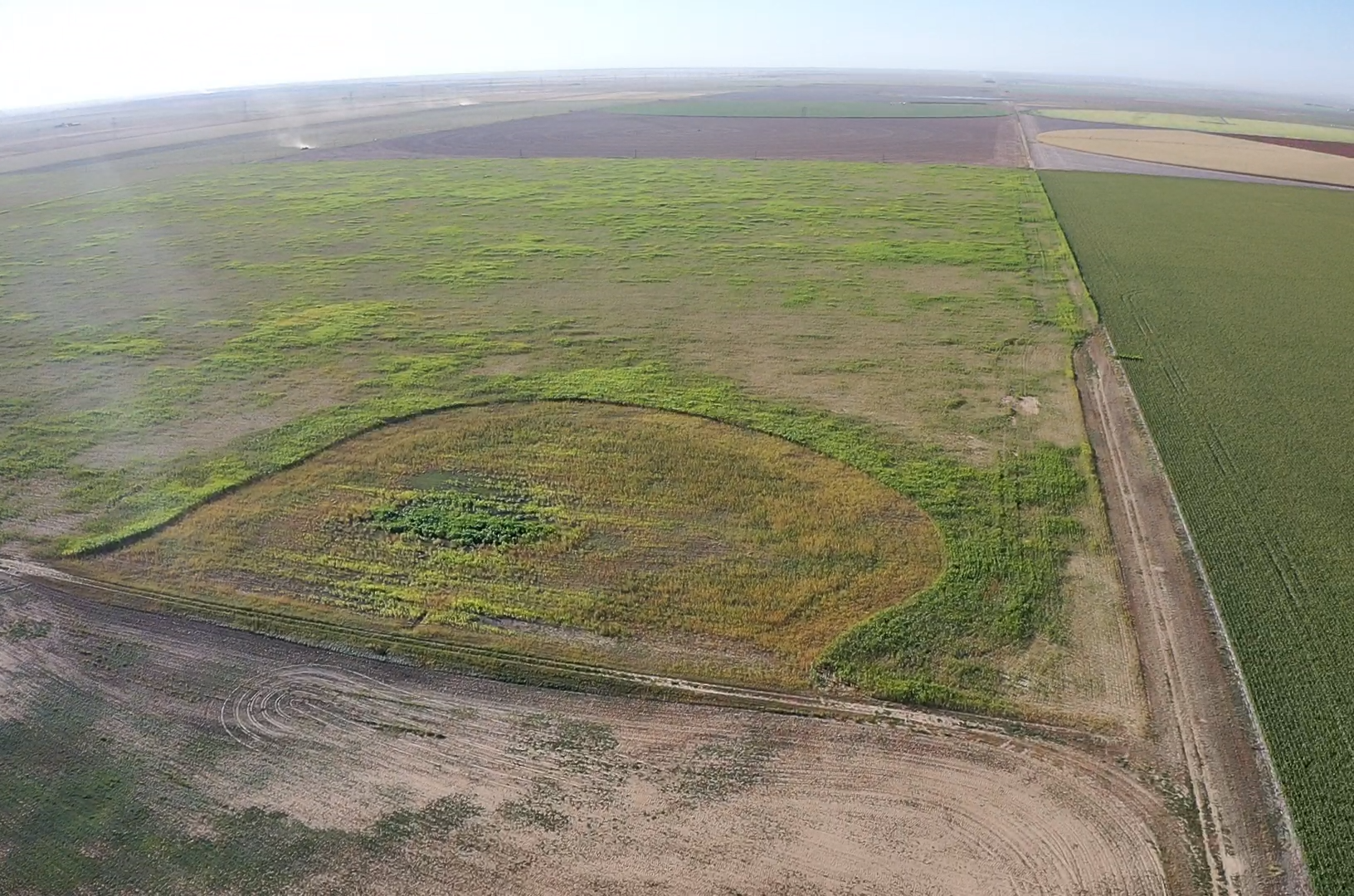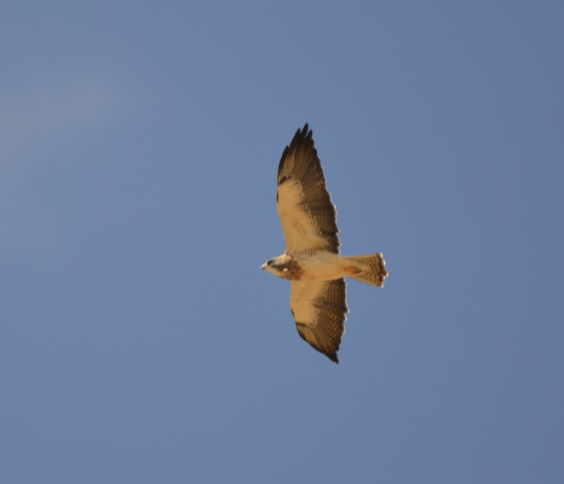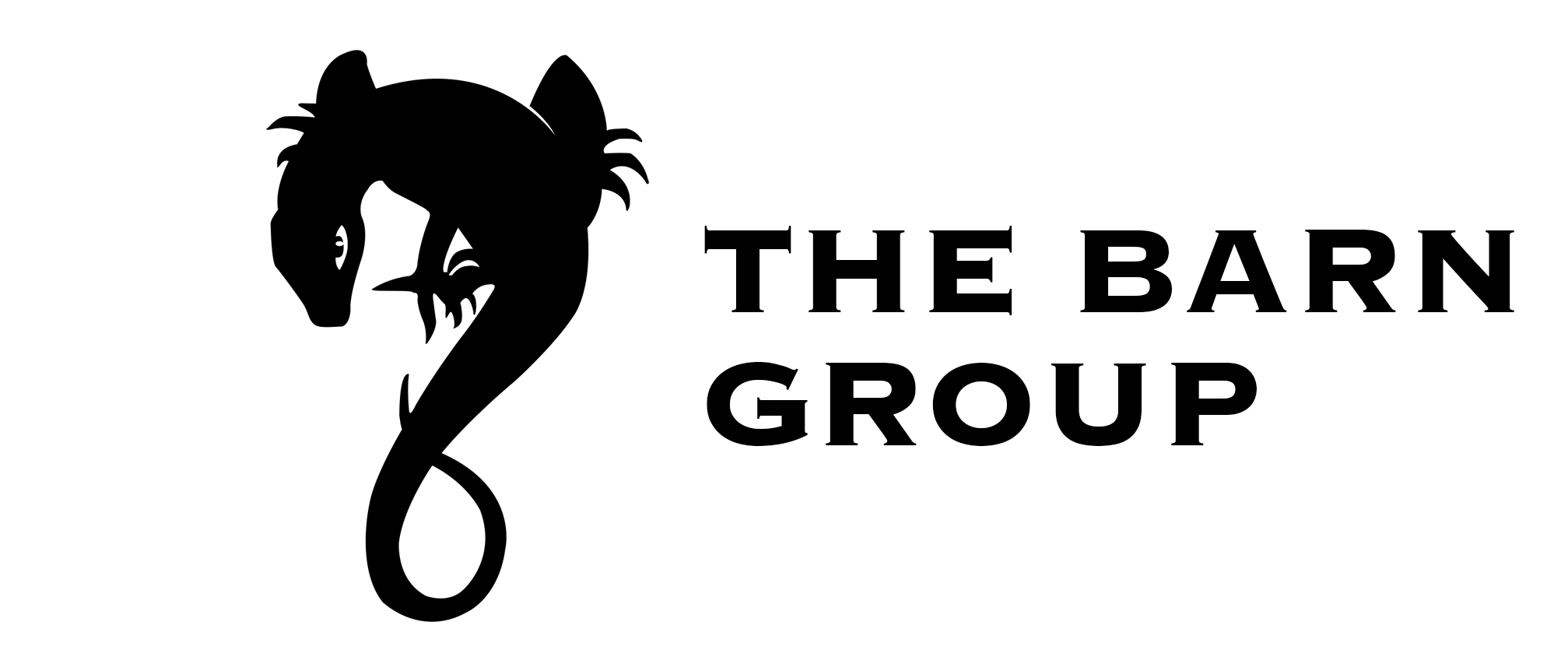West Texas Prairie
The Barn Group (TBG) currently holds 11 conservation easements on properties located within the High Plains region of Texas panhandle. Today, the plains are mostly irrigated cropland and the native vegetation includes more mesquite and juniper. Although much of the shortgrass prairie and the vast prairie dog towns are gone, large flocks of wintering waterfowl still come to the playa lakes (shallow, round depressions which spot hold rainfall). The TBG conserved properties in the Texas High Plains allows for the native plant and wildlife species in the area to persist and also promotes the goals and objectives of several local and national conservation initiatives.

Habitat Features
The High Plains ecoregion ranges from the northern to the western side of Texas from the panhandle to the Pecos River and is characterized by smooth to slightly irregular plains. Historically, the landscape here consisted predominantly of shortgrass prairie grasslands. However, much of the original prairie landscape has been converted to irrigated cropland or rangeland, and Mesquite and Yucca have invaded some parts of the region. This area is known for its hot summers, cold winters, and very little precipitation. The conserved properties within this area were previously utilized for crop production and grazing land. However, restoration efforts are underway on several of the properties to revert the landscape back into shortgrass prairie habitat and to reintroduce the black tailed prairie dog to the area.
Land Use
While historically, buffalo grass was once one of the most dominant plant species in the region, TBG properties conserved within region are comprised mostly of shortgrass prairie, cropland, and seasonal wetland habitats as evident with the several native grass species identified on the properties, such as sideoats grama and blue grama. Native grasslands such as the shortgrass prairie provide excellent habitat for a variety of wildlife species and supports a diverse array of grass and for species. Less than one percent of Texas’ original native prairies remain intact, making conservation efforts for this ecosystem a high priority in the state. Threats including habitat loss and fragmentation from agricultural cultivation, fencing, and land development, have threatened several species that once thrived within the region. This ecological system is considered an effective carbon sink due to resistance to drought and hardiness. Playa Lakes and other seasonal wetland habitats occur on several properties and are also classified as priority habitat by the Texas Wildlife Action Plan. These wetlands typically form after rainfall and are known to experience frequent, yet unpredictable wet and dry cycles. Due to proximity along the Central Flyway, Playa Lakes serve as significant habitat stops for shorebirds and other species of wintering waterfowl during migration. Oftentimes, hundreds of birds can be observed flocking around these areas. Playa Lakes and other emergent wetlands on these properties are continuously threatened by poor grazing and farming practices and sedimentation. As a result, TBG conservation efforts are heavily focused on these features.


Species Diversity
TBG biologists have done in-field surveys, audio surveys, and game camera surveys to document the wildlife diversity utilizing these conserved habitats. Several plant and animal species have been documented on each of the properties located here. However, this only represents a fraction of the diversity hosted in these habitats. Mammals that can be found residing within the habitats that are found throughout the properties include Eastern cottontail, coyote, mule deer, pronghorn, bobcat, species of prairie dog, and species of ground squirrel. Because the properties are located along the central flyway they provide important foraging and stopover habitat for waterfowl and neotropical bird species. Species of Greatest Conservation Need (“SGCN”) that utilize the properties include the Western burrowing owl, Texas horned lizard, the American kestrel, ferruginous hawk, Northern harrier, Swainson’s hawk, short-eared owl, and lark sparrow. SGCN not yet observed by TBG on conserved properties, but inhabit shortgrass prairie ecosystems, include a keystone species, the black-tailed Prairie Dog, and the lesser prairie chicken. TBG conserved properties, including the abundant resources they provide, will be preserved in perpetuity for the maintenance and support of species such as these with sensitive populations.
